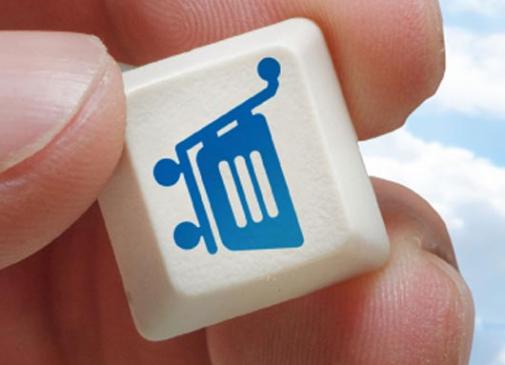A physical storefront in your pad sounds like something taken straight out of science fiction, right? Yet it already exists courtesy of retail giant Walmart which has just published the patent for its new fantastic device. Always at the forefront of retail innovation, the American behemoth seems to know exactly how to cross the line between futuristic concept and usable solution. Now it brings the traditional store to your living room, yet again reshaping the retail landscape.
A physical storefront in your pad sounds like something taken straight out of science fiction, right? Yet it already exists courtesy of retail giant Walmart which has just published the patent for its new fantastic device. Always at the forefront of retail innovation, the American behemoth seems to know exactly how to cross the line between futuristic concept and usable solution. Now it brings the traditional store to your living room, yet again reshaping the retail landscape.
What precisely is this new trailblazing solution about? Dubbed an “unattended retail storefront”, the device is set up in a customer’s home, where they can shop for goods via a retail access portal installed in their wall. The store features a storage area for both refrigerated and nonperishable items, as well as an "unsold product display" for shoppers to check what goods are still available and what must be restocked. Similarly to smart shelves, the device comes equipped with sensors for detecting a removal of an item from display or storage area and may charge buyers accordingly.
In-home bricks beat clicks by offering tactile experiences
The new device may help the retail titan generate considerable up-sells as it provides the consumer with the opportunity for “touch-and-feel shopping” – physical stores’ unquestionable forte that e-commerce is still unable to replicate.
Ready to be installed in a consumer’s home, this end-to-end system for an unattended retail storefront would be restocked by a retail establishment, delivery service or...a drone. It is still unclear how big the device is going to be. All we know is that it would be a “step-in” structure rather than a freestanding vending machine.
Big Data-driven restocking and product selection
How will the device know our preferences? There are two ways of feeding this information to the machine. Either consumers themselves provide the retailer with adequate data or the system can use Big Data instead. Selection of goods inside the storefront will match the flat tenant’s previous purchases, whether made online, or in a conventional store, or in the home-installed storefront. AI could be used to forecast future buys, while IoT techs could further enhance the device’s functionalities.
Source: www.cbinsights.com










